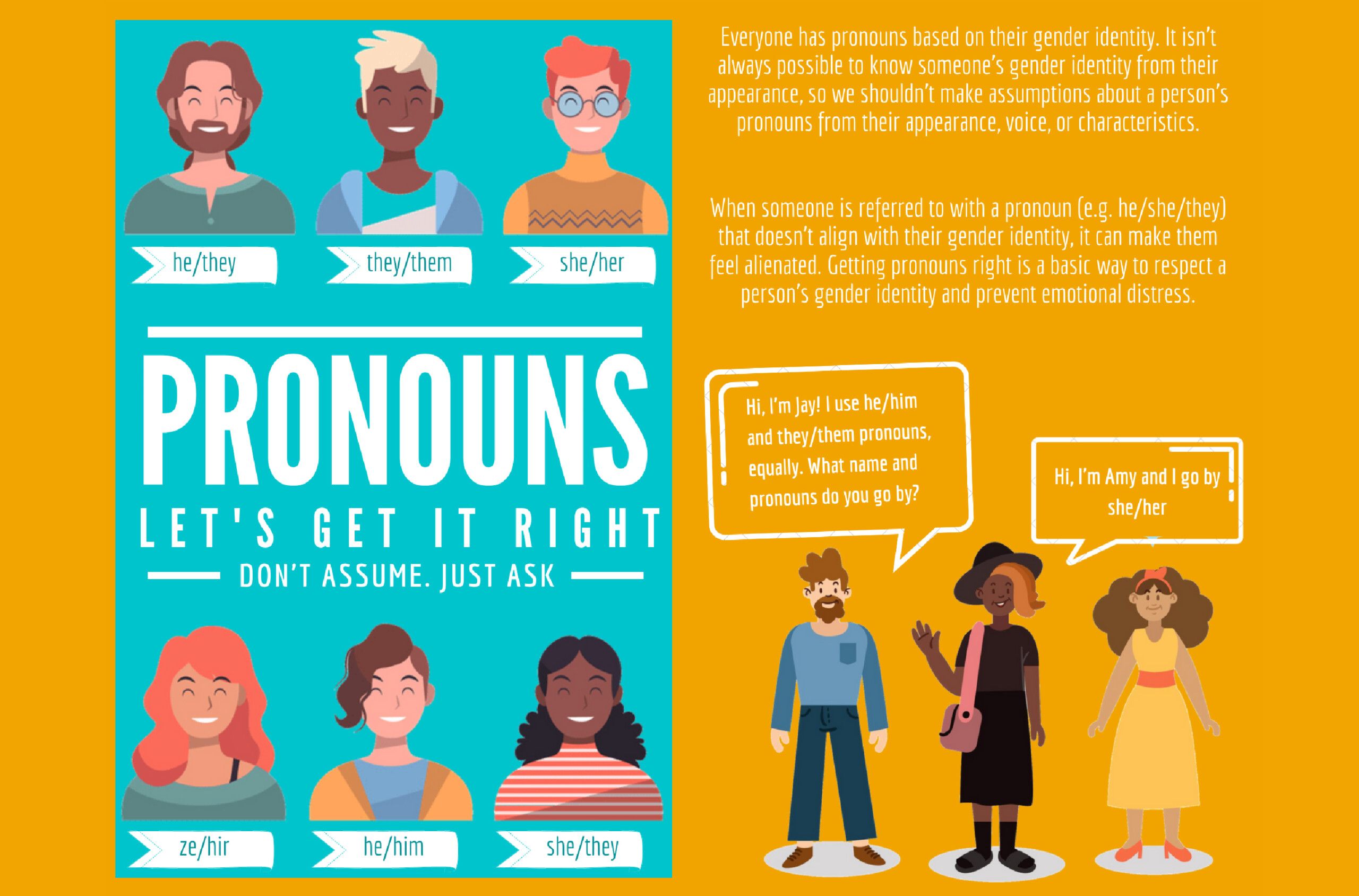Gender-sensitive data collection and monitoring: the experience of CEU
Ana Belen Amil, Central European University, interviewed by Paola Carboni, University of Cagliari
Implementing gender equality policies in academic environments requires the availability of gender-sensitive data to support evidence-based decisions. The challenge to properly analyse such data is huge, if we consider that not only it should be systematically collected and stored, but also monitored and updated over time.
With this in mind, following the experience developed during the gender equality baseline assessment performed within SUPERA, CEU’s Gender Equality Officer Ana Belén Amil and CEU’s Institutional Research Officer Anna Galacz developed a “Handbook of gender-sensitive data collection and monitoring”.
The drafting process required the involvement of several university units, responsible for the collection and storage of different data sets, and the result is a tailor-made, step-by-step guide to data collection and management, with a solid gender equality background. The Handbook is currently under revision, in collaboration with prof. Anne Laure Humbert, researcher at the Centre for Diversity Policy Research and Practice at Oxford Brookes University and member of SUPERA’s international advisory board, and will be publicly released in the next months.
In the following paragraphs, Ana Belén Amil provides us with several highlights about the process that led to the development of the Handbook and some practical examples and advice.
What does “gender-sensitive data collection and monitoring” mean?
In short, gender-sensitive data collection means that gender is systematically included as a variable at the moment of collecting data on individuals. It is also know as “gender-disaggregated” data. Without it, it is impossible to assess the status of gender equality in a given context (in an institution, in a country, in a continent, for example) for a particular indicator. Once the assessment on that indicator is done, and an gender inequality is found, different types of measures shall be applied to improve such inequality. During the monitoring phase, data is collected and analysed once again on that particular indicator to assess if the measures taken had led to progress in gender-related terms (and if so, to which extent). Monitoring can also occur for indicators in which no inequality was found but that, according to research, tend to show gender inequalities. This way we can closely follow an indicator and be aware of any deterioration that might occur.
Can you give us some practical examples of why is it important for a research institution to collect data in a gender-sensitive way?
Collecting data in a gender-sensitive way only makes sense if a research institution is interested in promoting gender equality among its staff, students (if we talk about a university), research content and knowledge transfer. This might sound as an obvious interest on the side of HE&R institutions but, depending on the particular (political) context in which the institution is embedded (at a national or regional level), improving gender equality might not be a goal for the institution or might not be easy to pursue.
Assuming that the interest (and feasibility) are there, then there is no way to take evidence-based measures for the promotion of gender equality without a proper assessment to know where we are standing vis-à-vis a variety of indicators. To give an example: gender-disaggregated data on salaries is paramount to diagnose gender pay gap in an institution and act upon any disparities that such indicator might show. Collecting the gender of principal investigators across research teams will enable us to analyse gender disparities in leadership positions and design measures to correct them if needed.
How did you became aware that managing data with a gender-sensitive approach is a key asset for a university?
This became evident to me during the assessment phase of the SUPERA project. We had developed many indicators, and when we started approaching different Units in the University to provide us with data to run the calculations, we found that many of this data was not collected at all, was collected in a way that did not allow for statistical analysis (i.e., on paper, no digitalization), it was inaccurate, or dispersed across different units without a central database. This made it impossible (or too time-consuming) to analyse data and see how badly (or well) we were doing in certain gender equality indicators. That is when the idea of the Handbook came up: as a response to all data gaps that were found during the diagnostic phase.
Which university offices are involved in such an in depth-analysis?
It very much depends on the University and its structure. In the particular case of CEU, lots of offices are involved since the scope of the data needed is very wide. Human Resources Office and Student Records Office – Admissions Office collect data on employees and students respectively. Academic Cooperation and Research Support Office collects data on research projects (externally funded). Institutional Research Office is key for performing calculations. This list is not comprehensive but covers the offices with the highest involvement in data collection.
Which are the key action areas in which the monitoring indicators are organised? Can you describe them with some examples?
The data collection and monitoring are organised in key action areas that follow the European Commission’s suggestions with some adaptations that were more suitable for our University. Some examples of areas and their indicators are:
- Gender Equality in leadership and decision making: gender distribution in leadership positions (Rector, Provost); gender distribution in the Senate – both of them from a historical perspective.
- GE in recruitment, retention and career progression: gender distribution of the average time it takes for staff to be promoted, gender distribution of academic staff turnover, gender distribution of Faculty recruitments.
- Work-Life Balance: gender distribution of average time taken for parental leave.
- Gender in research and knowledge transfer: gender distribution of researchers in research teams, number of courses that incorporate a gender dimension in their syllabi.
- Sexual harassment: number of cases registered, severity of the cases.
How can you adopt a non-binary and intersectional approach in data management?
For a non-binary approach, we made sure to adapt our IT systems to allow students to freely describe the gender they identify with. For employees this is more difficult since the software that processes employee data does not give that option; this is still a matter to be solved. Regarding intersectionality, this is much more complicated. In theory, data collection should include other variables besides gender, such as race/ethnicity, disability, age, nationality, etc. This is a very difficult task in practice; it is already extremely challenging to collect gender data systematically, even more so to collect data for variables that were never considered for analysis. Data on race/ethnicity is particularly challenging due to the sensitivity of the topic, so for the moment we are using some (imperfect) proxies for it, such as nationality and country of birth.
Which are the most challenging aspects of introducing this approach in an institution? Do you have any practical advice to give?
I found two main challenges: collecting data under GDPR, and the lack of centralized database. Collecting and analysing data in a way that is GDPR compliant should not be, at least in theory, a complicated task. But practice showed me that due to a (sometimes) too restrictive reading of general data protection regulations, the task becomes highly bureaucratic and therefore very time-consuming. I do not think there is a way around this other than getting familiar with the content of these regulations to be clear about what can and cannot be done in terms of data collection/processing.
Regarding the lack of a centralized database (in our case this only applies to the employee body; student data is much better organized), my suggestion is to work intensively with the IT Department and Human Resources Office to come up with strategic solutions to put the data “in order”. This will not only benefit gender equality related assessment but also the strategic planning of the University as a whole. It is important to raise awareness on how important (gender-sensitive) systematic data collection is for the running of the institution.
Another challenge, but this is not specific to gender-sensitive data collection, is the low level of prioritisation it tends to receive. Unless there is an urgent need derived from other aspects of the functioning of the university, this task is so time consuming and sometimes overwhelming that it gets dropped to the bottom of the list.
Is it possible to introduce gender-sensitive data management on a low-budget basis?
If by budget we only refer to financial resources, I would say yes. If we include internal human resources as part of the budget, my answer would be: it depends on the mess that the university has in terms of data management. The more chaotic and unsystematic, the more work in terms of human involvement will be required to bring order to the chaos. And this is of course specific to each institution.
What sources provided you inspiration for this work? Can you recommend some reading in particular?
The main source of inspiration was the work done by several sister projects of SUPERA, who had already developed a compilation of indicators and shared them in public deliverables. Since one of the core principles of SUPERA is cumulativeness, we built up from what other projects have done before and adapted it to our own institutional context. Of course we let go of some indicators that were not relevant for CEU, while we also added others that were not present in previous compilations, but we don’t have to reinvent the wheel each and every time.
Our main resources were the deliverables of Gender Diversity impact (GEDII), Plotina, Baltic Gender, Target, GARCIA, EFFORTI, Gender Net, and of course She Figures.











